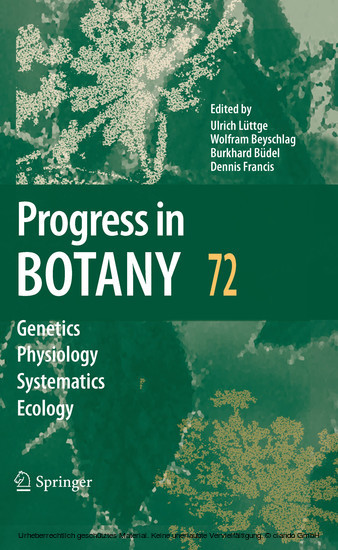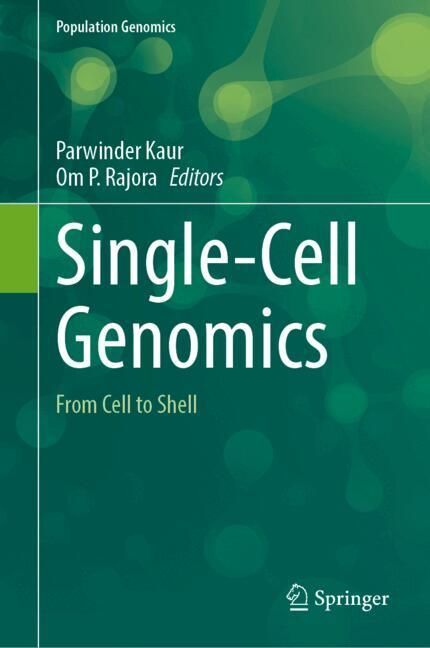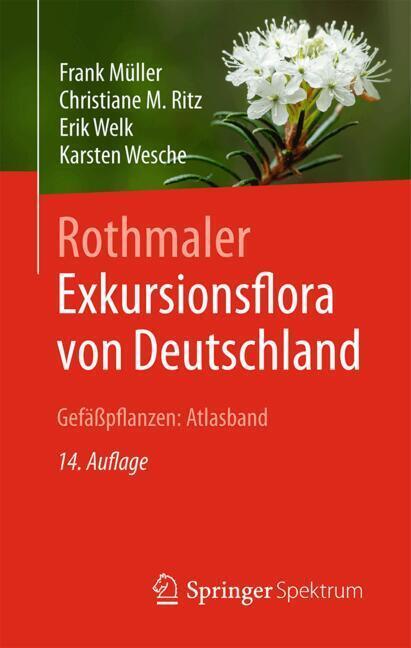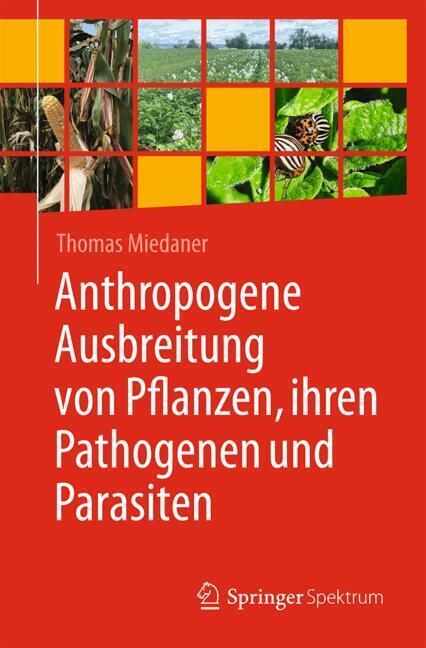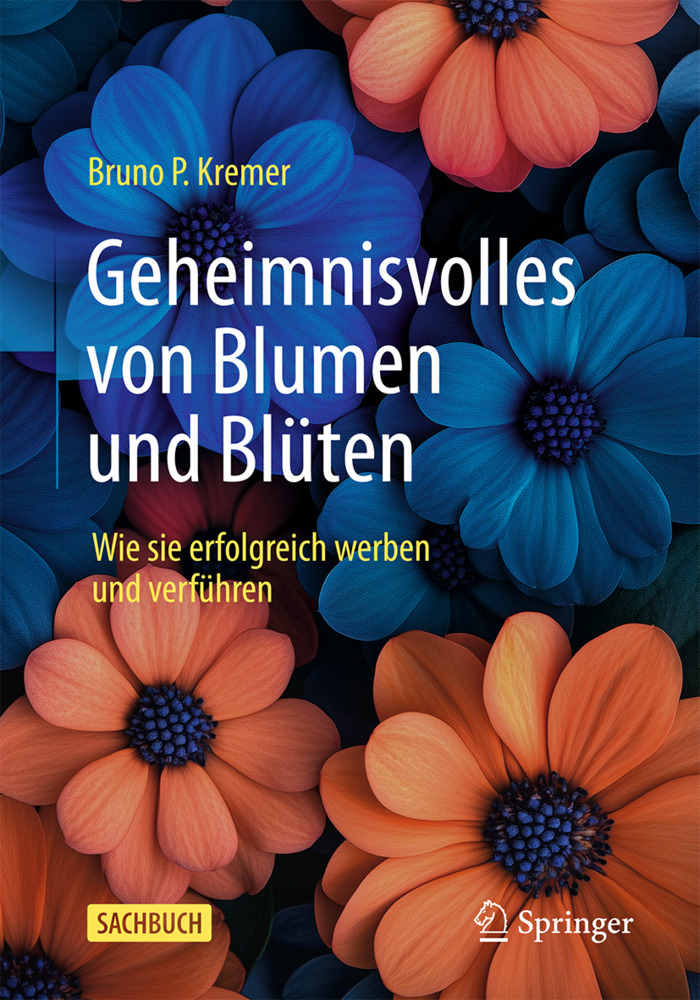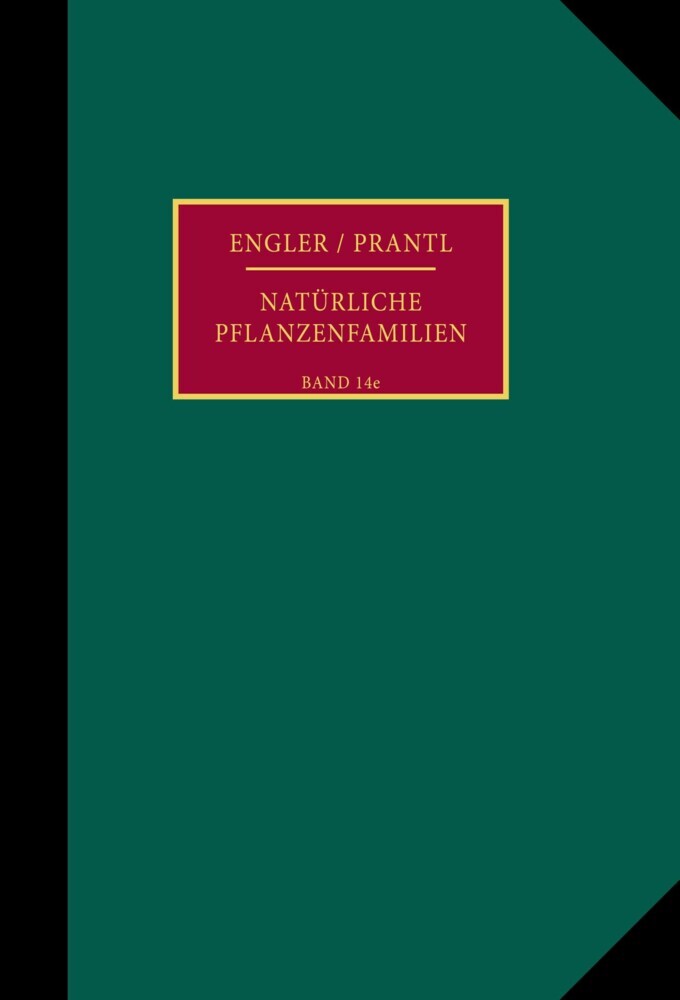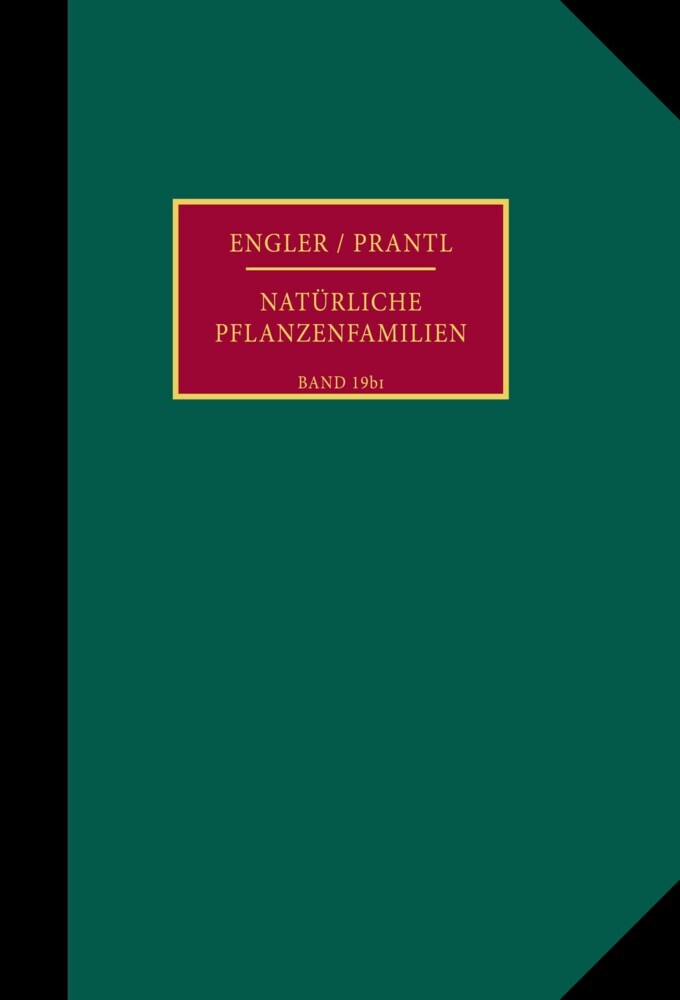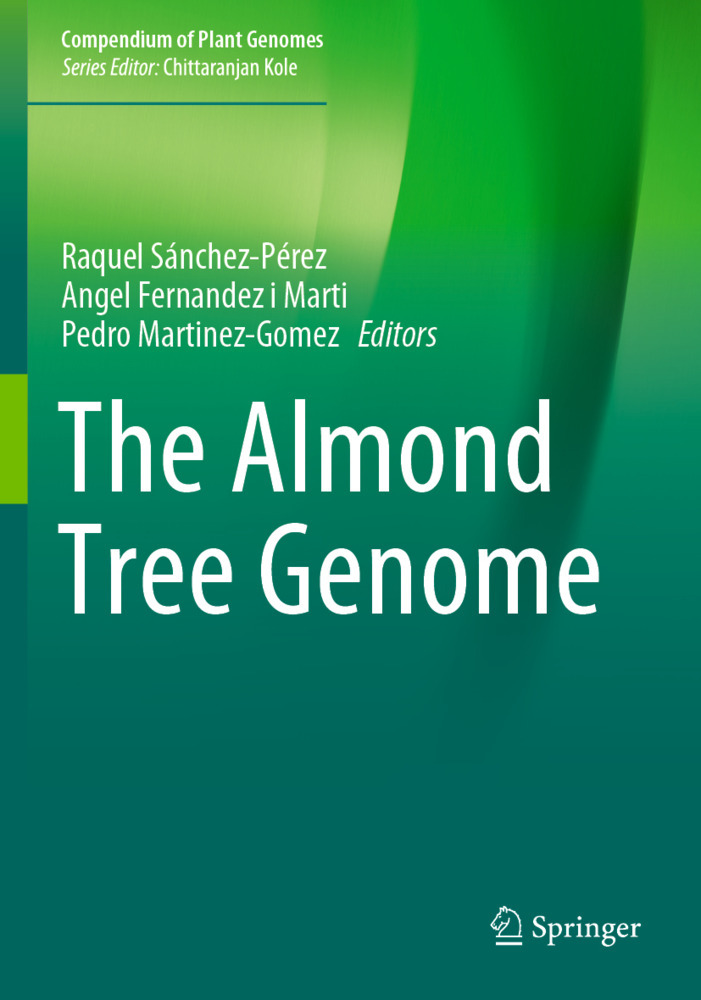Progress in Botany 72. Vol.72
Genetics, Physilogy, Systemics, Ecology
With one volume each year, this series keeps scientists and advanced students informed of the latest developments and results in all areas of the plant sciences.
1;Editorial;6 2;Contents;8 3;Contributors;10 4;Part I: Review;13 4.1;Curriculum Vitae;14 4.2;Sixty Years Research with Characean Cells: Fascinating Material for Plant Cell Biology;16 4.2.1;1 Biology as the Major;14 4.2.2;2 Transcellular Osmosis and Polar Water Permeability;19 4.2.2.1;2.1 Hydraulic Conductivity (Lp) Is Affected by the Internal Osmotic Pressure;21 4.2.2.2;2.2 Water Channel;21 4.2.3;3 Artificial Control of the Vacuolar Composition: Vacuolar Perfusion;22 4.2.3.1;3.1 Development of Vacuolar Perfusion Method;22 4.2.3.2;3.2 Osmoregulation of Cells Having Artificial Cell Sap;23 4.2.4;4 Artificial Control of the Cytoplasmic Composition: Tonoplast-Free Cell;24 4.2.5;5 Turgor Regulation in Lamprothamnium, a Brackish Charophyte;25 4.2.5.1;5.1 Energetics of Movements of K+ and Cl- During Turgor Regulation;25 4.2.5.2;5.2 Ca2+ Signal as a Second Messenger in the Hypotonic Turgor Regulation;25 4.2.6;6 Mechanosensing in Fresh-Water Characean Cells;26 4.2.7;7 Salt Tolerance and Ca2+;27 4.2.8;8 Cytoplasmic Streaming and Ca2+;28 4.2.8.1;8.1 Motive Force Measurement;28 4.2.8.2;8.2 Excitation-Cessation Coupling (E-C Coupling);30 4.2.8.3;8.3 Ca2+ as a Key Factor in E-C coupling;30 4.2.8.4;8.4 Nature of the Ca2+ Inhibition of Cytoplasmic Streaming;31 4.2.8.5;8.5 Cell Models as Tools to Study the Structural and Molecular Basis of Cytoplasmic Streaming in Characean Cells;33 4.2.9;9 Electrogenic H+ Pump;34 4.2.9.1;9.1 Light-Induced Potential Change;34 4.2.9.2;9.2 Direct Demonstration of the Electrogenic H+-Pump (H+-ATPase);35 4.2.10;10 Membrane Excitation;36 4.2.10.1;10.1 Tonoplast Action Potential;36 4.2.10.2;10.2 Demonstration of the Voltage-Dependent Ca2+ Channel in the Plasma Membrane of Nitellopsis;36 4.2.10.3;10.3 Possible Involvement of Protein Phosphorylation/Dephosphorylation in Regulation of Ca2+ Channel Activity;37 4.2.11;11 Vacuolar Functions;38 4.2.12;12 Intercellular Transport of Ions and Photoassimilates;38 4.2.13;References;39 5;Part II: Genetics;46 5.1;Root Apical Meristem Pattern: Hormone Circuitry and Transcriptional Networks;47 5.1.1;1 Introduction;48 5.1.2;2 An Overview of RAM Organization in Plants;48 5.1.3;3 Environmental Cues and RAM Patterning;51 5.1.4;4 Arabidopsis thaliana;53 5.1.4.1;4.1 Morphogenetic Establishment of the RAM During Embryogenesis;53 5.1.4.2;4.2 RAM Pattern;54 5.1.4.3;4.3 Positional Signaling and Genetic Network Operating in Root Patterning;55 5.1.4.3.1;4.3.1 RAM Establishment;57 5.1.4.3.2;4.3.2 RAM Maintenance;61 5.1.5;5 Hormonal Circuitry in Determining RAM Size and Pattern;65 5.1.5.1;5.1 Auxin/Cytokinin Interplay;65 5.1.5.2;5.2 Ethylene, Gibberellin, Abscisic Acid, and Brassinosteroids;68 5.1.6;6 Stem-Cell State and Chromatin Remodelers;70 5.1.7;7 Conclusions and Perspectives;72 5.1.8;References;73 5.2;Evolution, Physiology and Phytochemistry of the Psychotoxic Arable Mimic Weed Darnel (Lolium temulentum L.);82 5.2.1;1 Introduction;83 5.2.2;2 Phylogeny and Evolution of L. temulentum;83 5.2.2.1;2.1 The L. temulentum Genome;83 5.2.2.2;2.2 Molecular Systematics of Lolium;85 5.2.2.3;2.3 Selection of Domestication Traits in L. temulentum;86 5.2.2.4;2.4 The Spread and Perpetuation of L. temulentum in Cereal Grain Stocks;88 5.2.2.5;2.5 Other Lolium spp. Following a Similar Evolutionary Pathway;88 5.2.3;3 Physiology and Biochemistry of L. temulentum;90 5.2.3.1;3.1 A Model for the Study of Photoperiodic Control of Flowering;90 5.2.3.2;3.2 Leaf Development and Senescence in L. temulentum;92 5.2.3.3;3.3 Carbohydrate Metabolism and Carbon Partitioning;94 5.2.3.4;3.4 L. temulentum and Abiotic Stress;97 5.2.4;4 Biotic Interactions and Toxicity of L. temulentum;100 5.2.4.1;4.1 Symptoms of Darnel Poisoning;100 5.2.4.2;4.2 Fungal Endophytes and the Chemistry of Lolium Toxins;101 5.2.4.3;4.3 Darnel and Ergot;102 5.2.4.4;4.4 Other Possible Sources of Toxicity in L. temulentum;103 5.2.5;5 L. temulentum in History and Literature;104 5.2.6;References;106 5.3;``Omics´´ Technologies and Their Input for the Comprehe
Lüttge, Ulrich E.
Beyschlag, Wolfram
Büdel, Burkhard
Francis, Dennis
| ISBN | 9783642131455 |
|---|---|
| Artikelnummer | 9783642131455 |
| Medientyp | E-Book - PDF |
| Auflage | 2. Aufl. |
| Copyrightjahr | 2010 |
| Verlag | Springer-Verlag |
| Umfang | 396 Seiten |
| Sprache | Englisch |
| Kopierschutz | Digitales Wasserzeichen |

